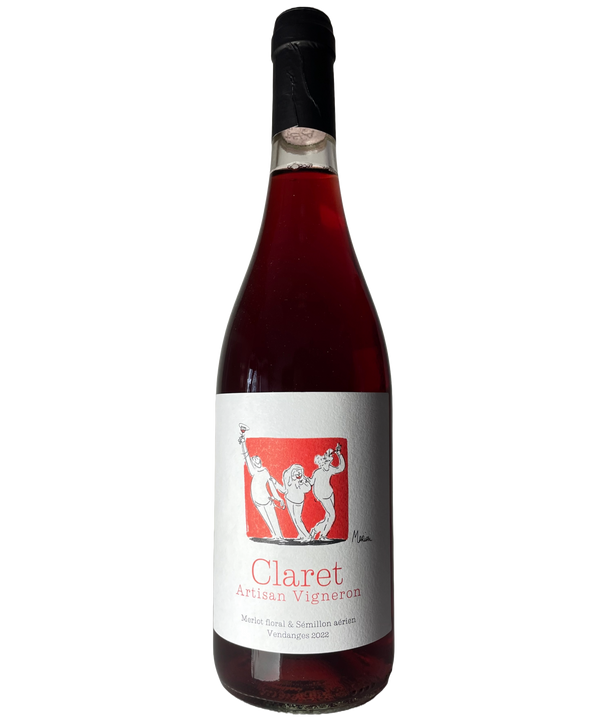VLA0323RW
Claret
2023
Bordeaux
Certified Organic
Wild yeasts
Low Sulphur
Vegan
Bordeaux is one of the most celebrated and highly-regarded wine regions, with the classification of 1855 solidifying the wines as some of the best in the world. Bordeaux is broken down into 2 main categories - the left and right bank of the Gironde, with many appellations and sub-appellations in those areas. The wines on the left bank are predominantly Cabernet Sauvignon blended with Merlot. The right bank is the opposite. White Bordeaux, found mainly towards the South of the region, is made up of mostly Sauvignon Blanc and Semillon. Bordeaux ranges from fantastic value, entry level wines all the way to First Growth Grand Crus that are amongst the most sought after wines in the world.
Lacoste is the story of a Bordeaux family spanning generations. In 1856, they acquired their first vineyards on the highest bank of the Garonne River, just 30 minutes southwest of Bordeaux. Today, their vineyards are composed of 50% Merlot, 25% Cabernet Sauvignon and Cabernet Franc, with the remainder dedicated to white varieties, predominantly Sémillon. After decades of commercial evolution, economic shifts, and technological advancements, sixth-generation winemaker Vincent initiated a transformation in 2005, converting the estate to organic viticulture. Vincent’s wines are crafted to be modern, approachable, and playful. He employs gentle extraction techniques, avoids oak influence, and steers clear of lees contact, ensuring a delicate, pure expression of fruit. The labels, designed by local artist and cartoonist Nono, reflect this spirit. Dompter la Bête and Nature (his no-sulphur cuvée) pay homage to the château’s gardener, who has tended the estate for over 50 years. His latest creation, Claret, is a light, chilled red made from co-fermented Merlot and Sémillon under semi-carbonic maceration.

Wine details
VLA0323RW
Vincent Lacoste
Claret
2023
Bordeaux
Certified Organic
Wild yeasts
Low Sulphur
Vegan
Bordeaux is one of the most celebrated and highly-regarded wine regions, with the classification of 1855 solidifying the wines as some of the best in the world. Bordeaux is broken down into 2 main categories - the left and right bank of the Gironde, with many appellations and sub-appellations in those areas. The wines on the left bank are predominantly Cabernet Sauvignon blended with Merlot. The right bank is the opposite. White Bordeaux, found mainly towards the South of the region, is made up of mostly Sauvignon Blanc and Semillon. Bordeaux ranges from fantastic value, entry level wines all the way to First Growth Grand Crus that are amongst the most sought after wines in the world.
Lacoste is the story of a Bordeaux family spanning generations. In 1856, they acquired their first vineyards on the highest bank of the Garonne River, just 30 minutes southwest of Bordeaux. Today, their vineyards are composed of 50% Merlot, 25% Cabernet Sauvignon and Cabernet Franc, with the remainder dedicated to white varieties, predominantly Sémillon. After decades of commercial evolution, economic shifts, and technological advancements, sixth-generation winemaker Vincent initiated a transformation in 2005, converting the estate to organic viticulture. Vincent’s wines are crafted to be modern, approachable, and playful. He employs gentle extraction techniques, avoids oak influence, and steers clear of lees contact, ensuring a delicate, pure expression of fruit. The labels, designed by local artist and cartoonist Nono, reflect this spirit. Dompter la Bête and Nature (his no-sulphur cuvée) pay homage to the château’s gardener, who has tended the estate for over 50 years. His latest creation, Claret, is a light, chilled red made from co-fermented Merlot and Sémillon under semi-carbonic maceration.
